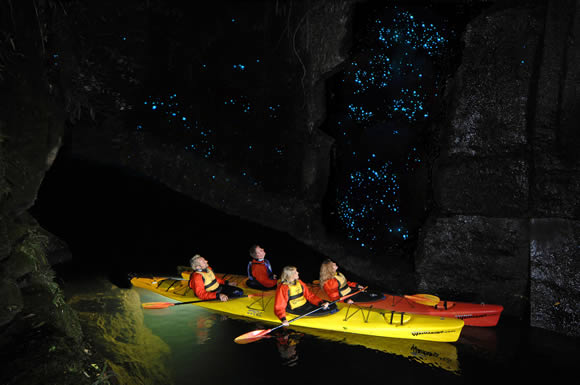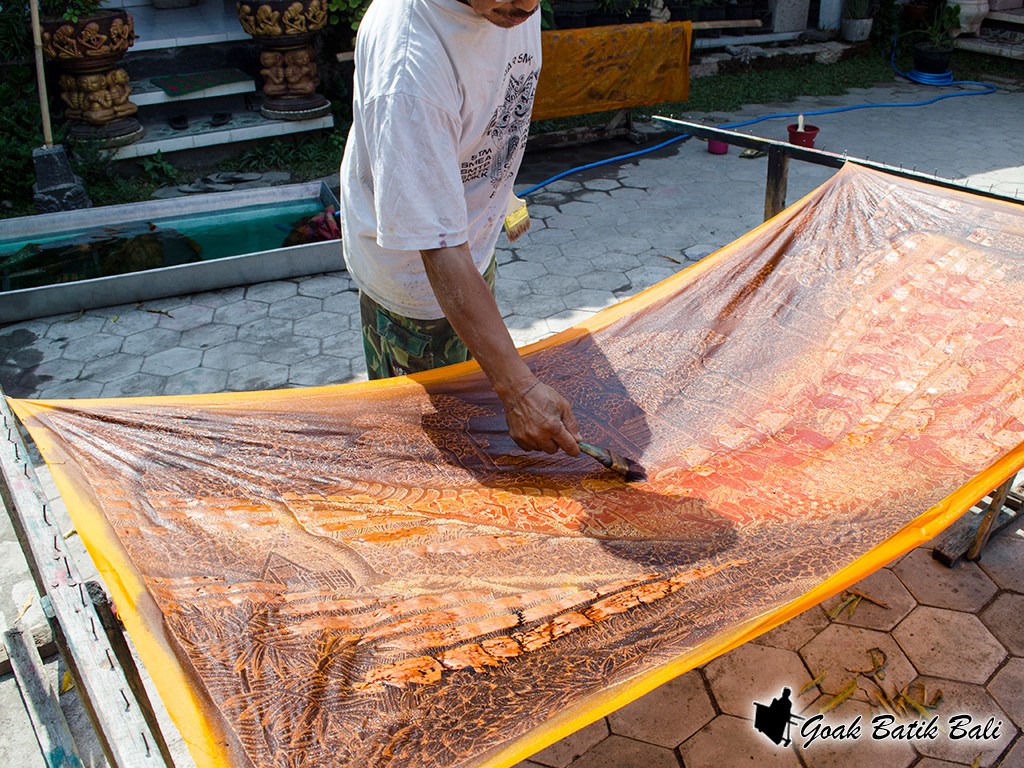Christchurch, New Zealand
Lake Rotoiti
New Zealand: the country in Oceania that seems as though it’s in the middle of nowhere. However, the grueling flights are well worth the visit to these magical islands. If you happen to venture to the South Island, be sure to check out Lake Rotoiti.
A Brief History
This lake is packed with surprises. First discovered by Europeans in the 1840s, Rotoiti was renamed Lake Arthur, but in recent times the original Maori name has been put back into usage. Rotoiti is 269 feet (82 meters) deep and is located within the borders of Nelson Lake National Park.
The Coolest Thing in New Zealand
When visiting New Zealand, if you do nothing else, you must take a nighttime kayak trip to the glow worm caves. These creatures make their own light source through bioluminescence. The light is a product of a chemical reaction between luciferin (a waste product), the enzyme luciferase, adenosine triphosphate (ATP – the energy molecule) and oxygen. Their glowing creations often resemble the night sky. Expert kayak guides will take you to nearby caves where you can see these incredible creatures in action.
Take in the Countryside
While on a kayaking trip, be sure to take a breather in the nearby thermal pools. It’s the perfect way to relieve achy muscles. While you’re relaxing, snap a photo of the sunset over the lake. If kayaking is not your thing, you may want to give tramping, the New Zealand version of hiking, a go so you can see the natural wonders of New Zealand up close. Recreational fishing and waterskiing are also popular activities.
How to Get There
When you’re ready to dive into New Zealand, Sky Bird will get you there. We’re partnered with over 90 airlines, including Air New Zealand – the national airline. Call or email us today to begin your adventure!
Looking for something off the beaten path? Not interested in tourist traps? Stay tuned for our Around the World series. Several times a week, we share interesting things to do in exotic places. Give your clients a new experience in old places!
Photo Credit:
http://www.waimarino.com/images/tours/gw.jpg



